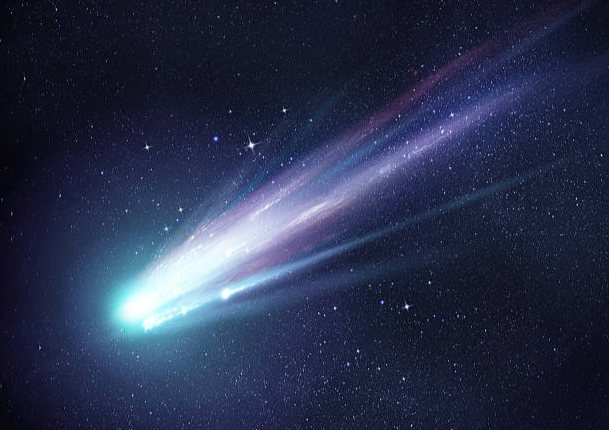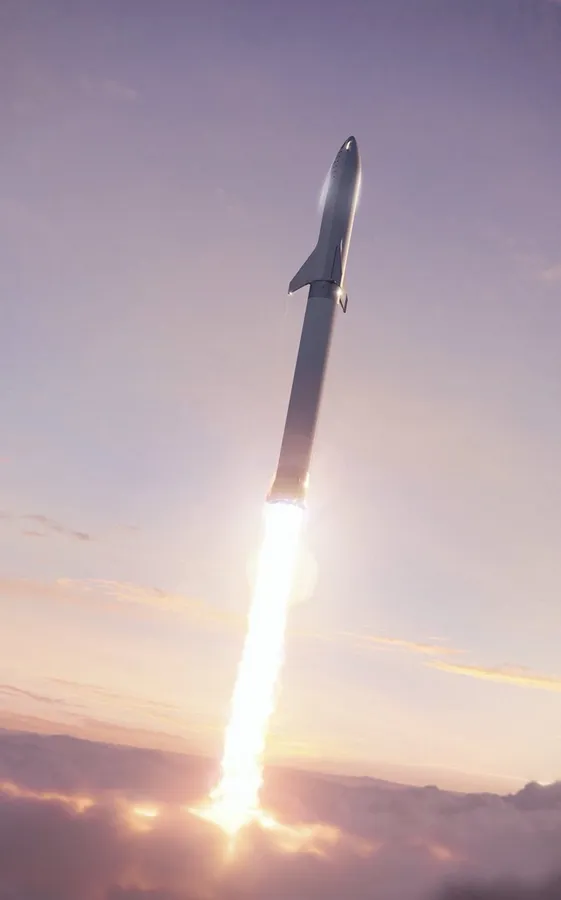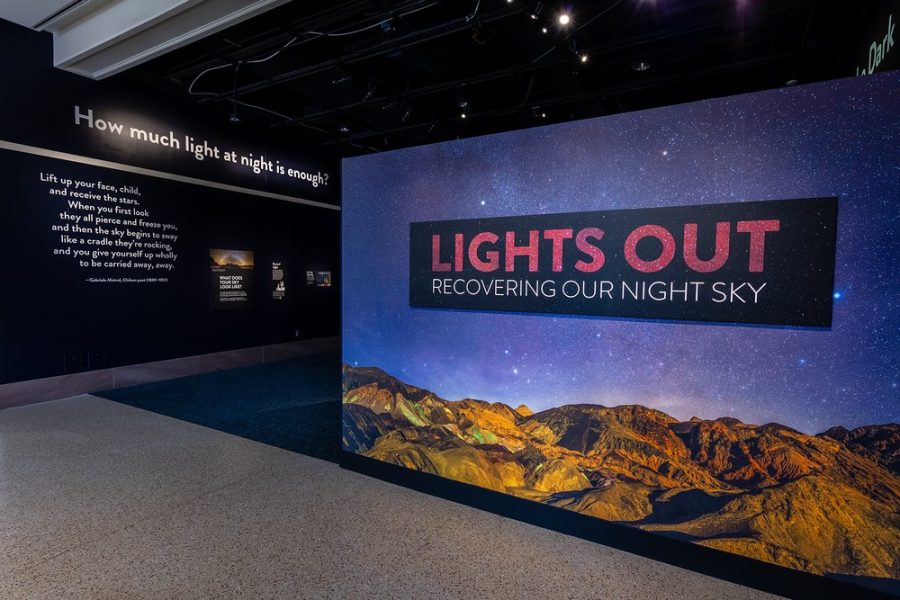For the first time in 71 years, the rare comet 12P/Pons-Brooks – more commonly known as the ‘Devil Comet’ – is set to pass by Earth, and is anticipated to be visible to the naked eye during the total solar eclipse happening on April 8, 2024.
Notable for its two ‘horns’ of trailing water vapor that earned the comet its name, the ‘Devil Comet’ was visible all through March but will be especially visible during the eclipse. It’s unknown to astronomers exactly how and why it is explosively active. The commnet takes 71 years to circle around the sun, making it a nearly once in a lifetime experience.
Scientists estimate the comet to be 6.2 to 12.4 miles and diameter, according to Dr. Teddy Kareta, a PhD associate at Lowell Observatory.
The devil comet is currently heading for its next perihelion passage – the point at which it will be the closest to sun and therefore shine brightest – on April 21, and will be 74.4 million miles from the sun. It will then make its closest pass to the earth on June 2, but will be 139.4 million miles away and won’t pose any notable risk, according to CNN.
In a statement by Dr. Paul Chodas, manager of the Center for Near-Earth Object Studies, as well as NASA navigational engineer Davide Farnocchia, the last 10 days of March will be the best for viewing the comet. As for viewing the comet while it’s closer to the sun, it’s estimated to be most clearly visible in the west, at approximately an hour after sunset. In a joint email by Chodas and Farnocchia, they inform us that for the best chance at seeing the comet, “you should go to a location away from city lights and with an unobstructed view of the western horizon. It would be advisable to use a pair of binoculars, since the comet may be hard to locate without them.” It should also be advised that the comet will be visible low on the sky while facing west.
12P/Pons-Brooks is identified as being cryovolcanic, meaning that the comet acts a type of volcano, erupting gasses and volatile material, such as water, liquid ammonia and hydrocarbons — also known as cryolava from the comet’s subsurface of cryomagma.

















